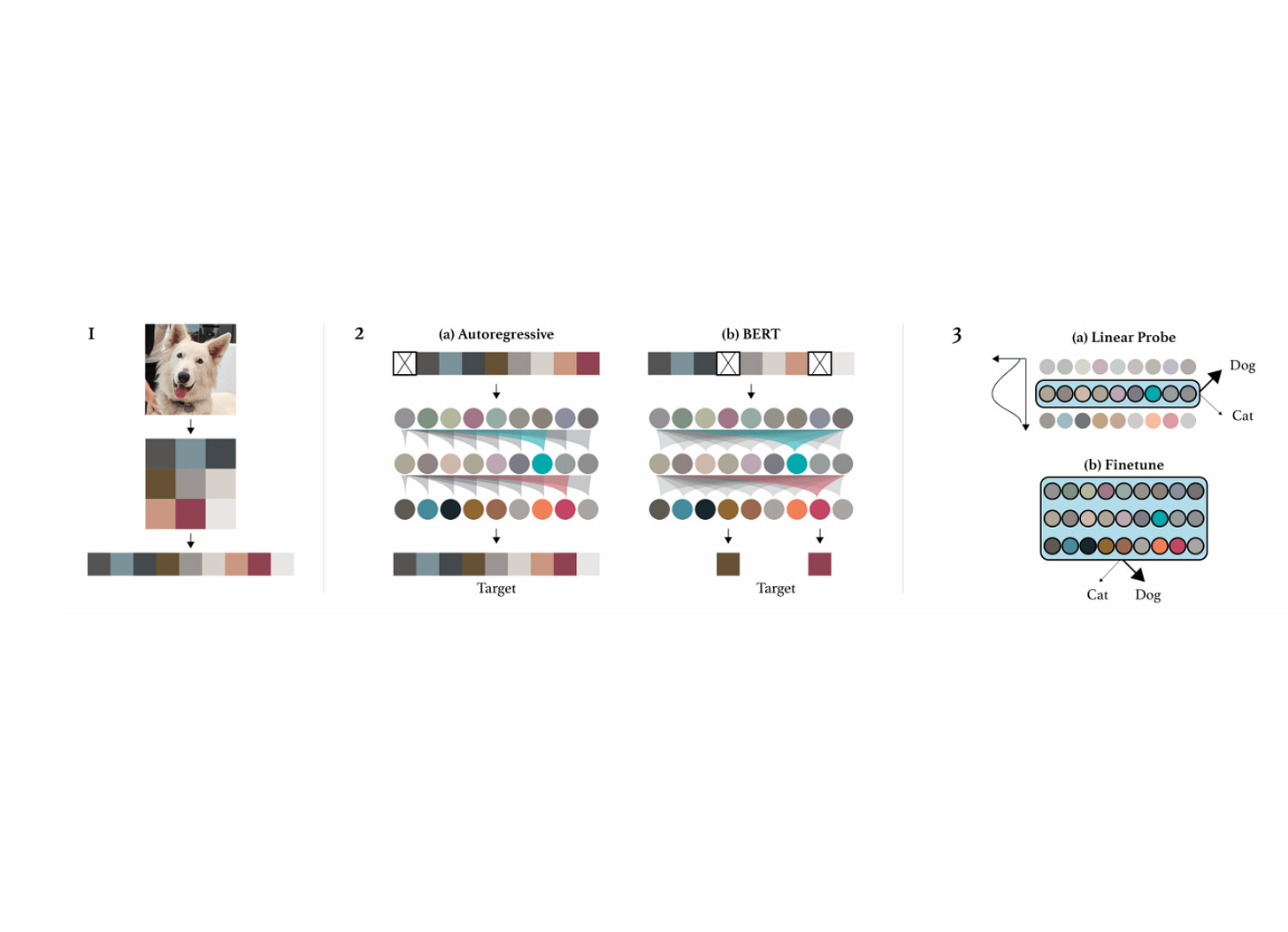TheSequence Scope: Bridging the Gap Between Language and Vision in AI Systems
Initially published as 'This Week in AI', a newsletter about the AI news, and the latest developments in ML research and technology
From the Editor: Bridging the Gap Between Language and Vision in AI Systems
Vision and language are two of the fundamental pillars of human cognition. Since we are babies, vision and language are intrinsically related as we try to describe objects or create a visual representation of a verbal description. Visual representations influence our linguistic skills and language is the fundamental construct used to describe visual images. From that perspective, it is hard to differentiate the influence that vision and language have in human learning. In the case of artificial intelligence(AI) language and vision have evolved as independent schools in the deep learning space and researchers are starting to think about how to bridge that gap.
Today, its nearly impossible for a language model to reuse knowledge from a vision model and vice versa. However, recent breakthroughs in language learning such as Transformers are starting to show promises in the image analysis field. Just this week, OpenAI published a paper unveiling a language model that was successfully trained using pixels sequences and was able to generate realistic images. A small step towards bridging the gap between language and vision in AI systems.
Now let’s take a look at the core developments in AI research and technology this week.
AI Research:
A Language Model that can Generate Realistic Images
In a recent paper, OpenAI demonstrated how a version of its famous Transformer models that have revolutionized language analysis are able to generate real images when trained on pixel sequences.

The image credit: OpenAI
Solving Tasks in Novel Environments
Researchers from DeepMind published a paper proposing a reinforcement learning method able to solve tasks in environments it hasn’t seen before.
Zero-Shot Learning for Image Analysis
Researchers from Microsoft published a paper demonstrating the types of representations that are more efficient for zero-shot learning image analysis models.
>Read more in this blog post from Microsoft Research
Selective Attention for Reinforcement Learning Agents
Google Researchers published a paper proposing a method for developing the equivalent of attention mechanisms in reinforcement learning agents.
>Learn more in this blog post from Google Research
Cool AI Tech Releases:
Apache Hudi
Uber’s data lake framework Hudi has graduated as a top-level project under the Apache Software Foundation.
>Read more in this blog post from the Uber engineering team
The AI Powering LinkedIn Learning
LinkedIn recently detailed some of the AI used in course recommendations in its popular Learning platform.
>Read more in this blog post from the LinkedIn engineering team
AI in the Real World:
AI Hiring Slows Down Due to Coronavirus
LinkedIn reported that AI job growth has slow down in recent months due to coronavirus.
>Read more in the original article from LinkedIn Pulse
Streamlit Raises $19 Million
Streamlit is one of the most creative projects in the AI space trying to make AI models available to mainstream developers. The company just announced that it has raised $21 million to accelerate market adoption.
>Read more in this coverage from VentureBeat
Amazon Deploys Social Distancing AI Solution
Amazon has deployed controversial video analysis solutions to enforce social distancing rules.
>Read more in this coverage of Wired
“This Week in AI” is a newsletter curated by industry insiders and the Invector Labs team, every week it brings you the latest developments in AI research and technology.
From July 14th the newsletter will change its name and format to develop ideas of systematic AI education.
To stay up-to-date and know more about TheSequence, please consider to ➡️

